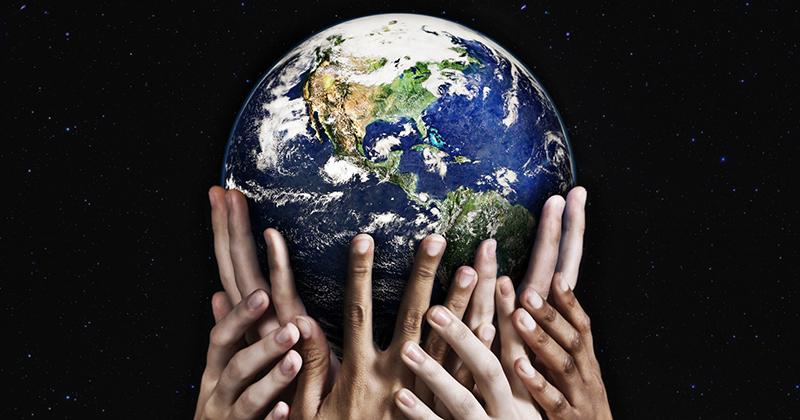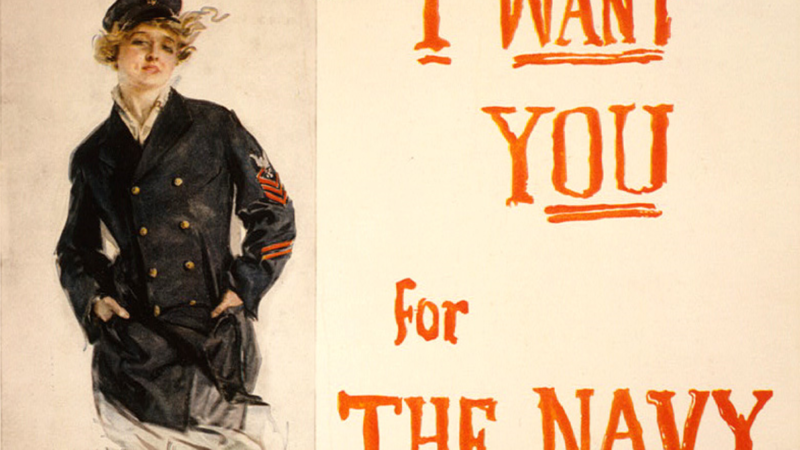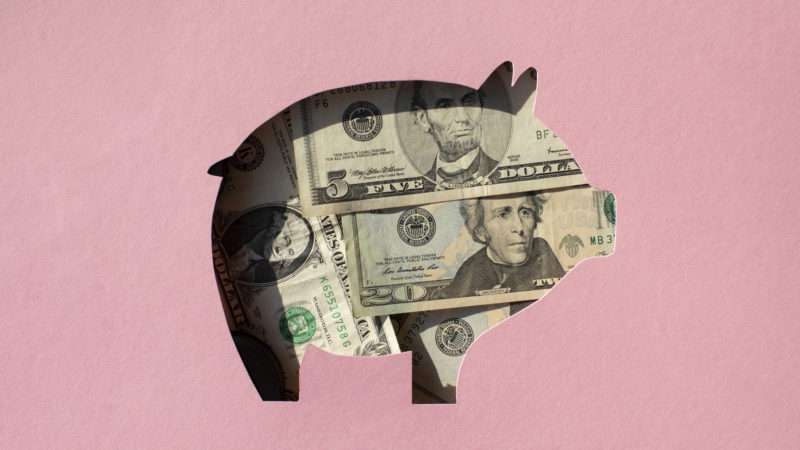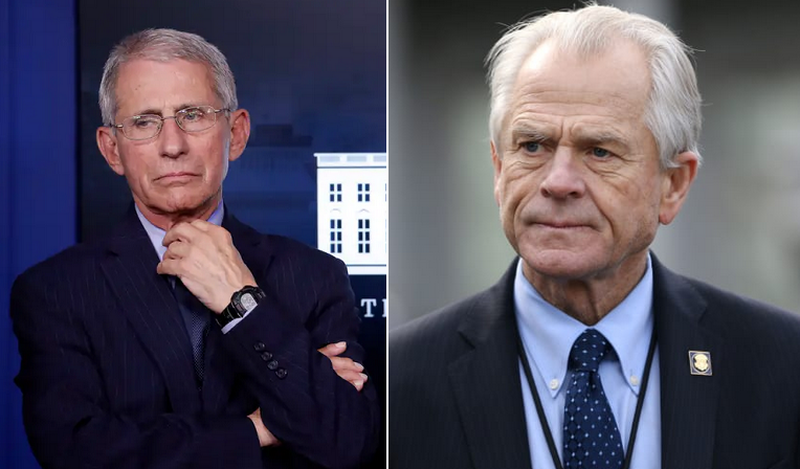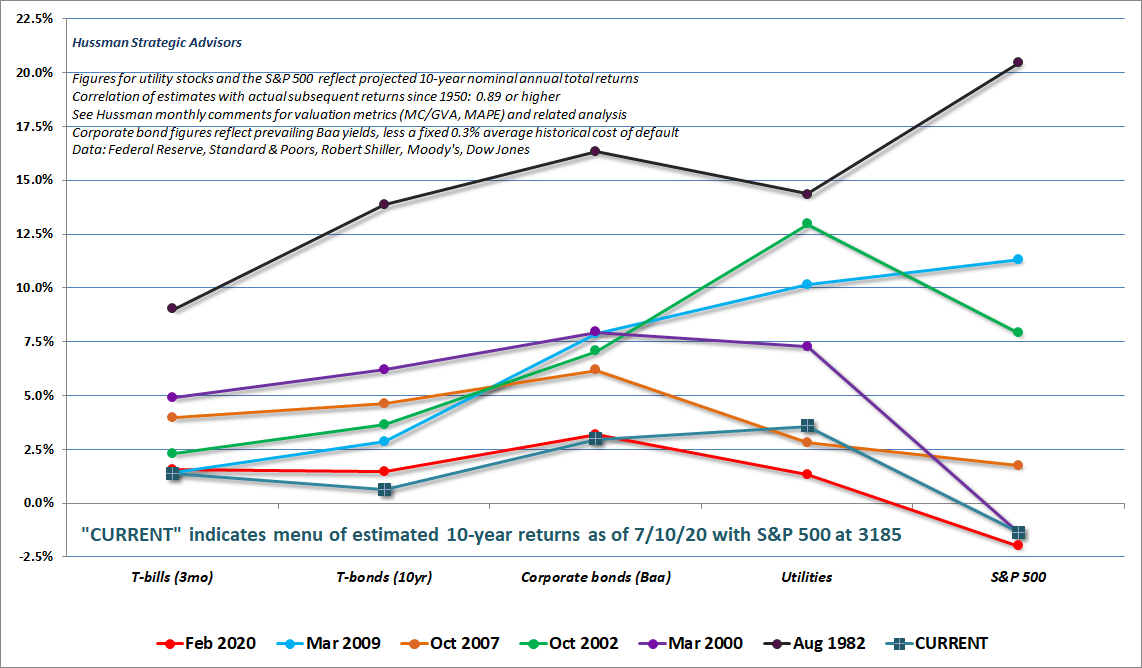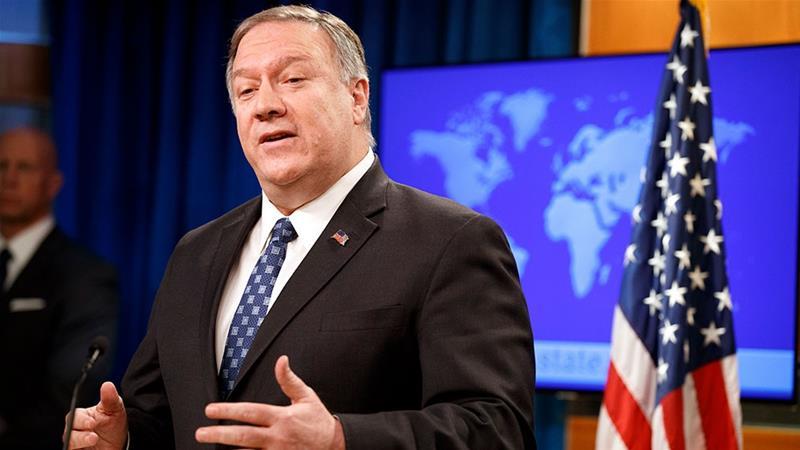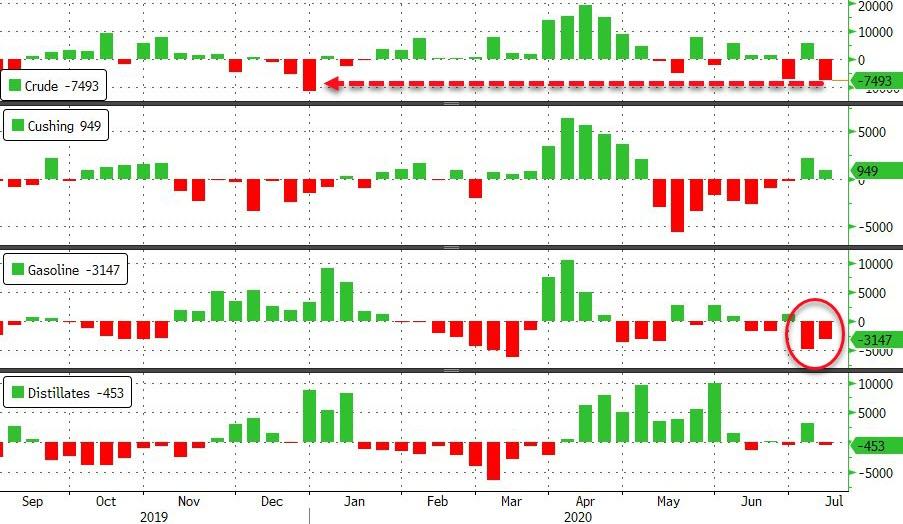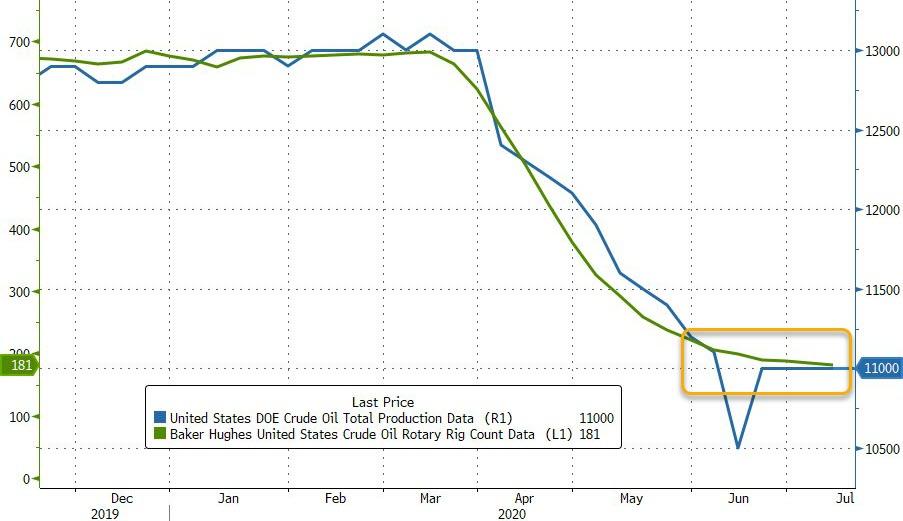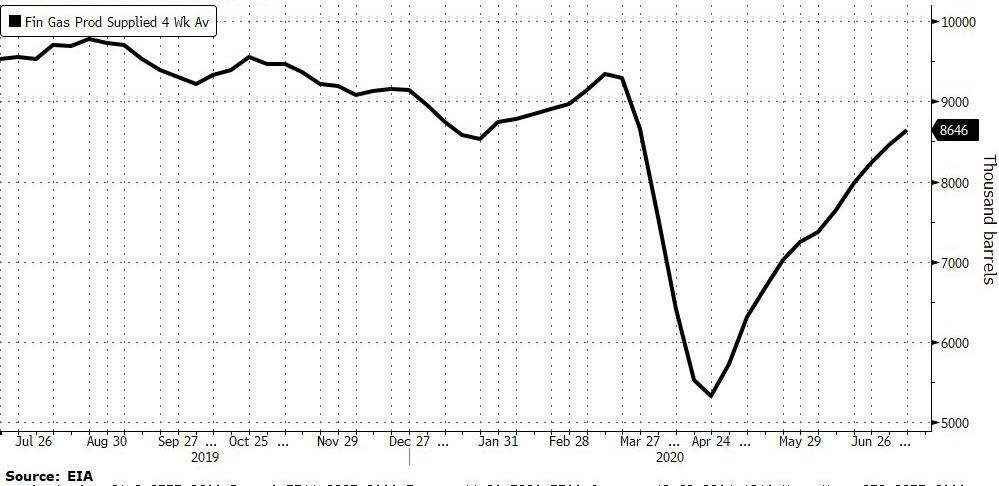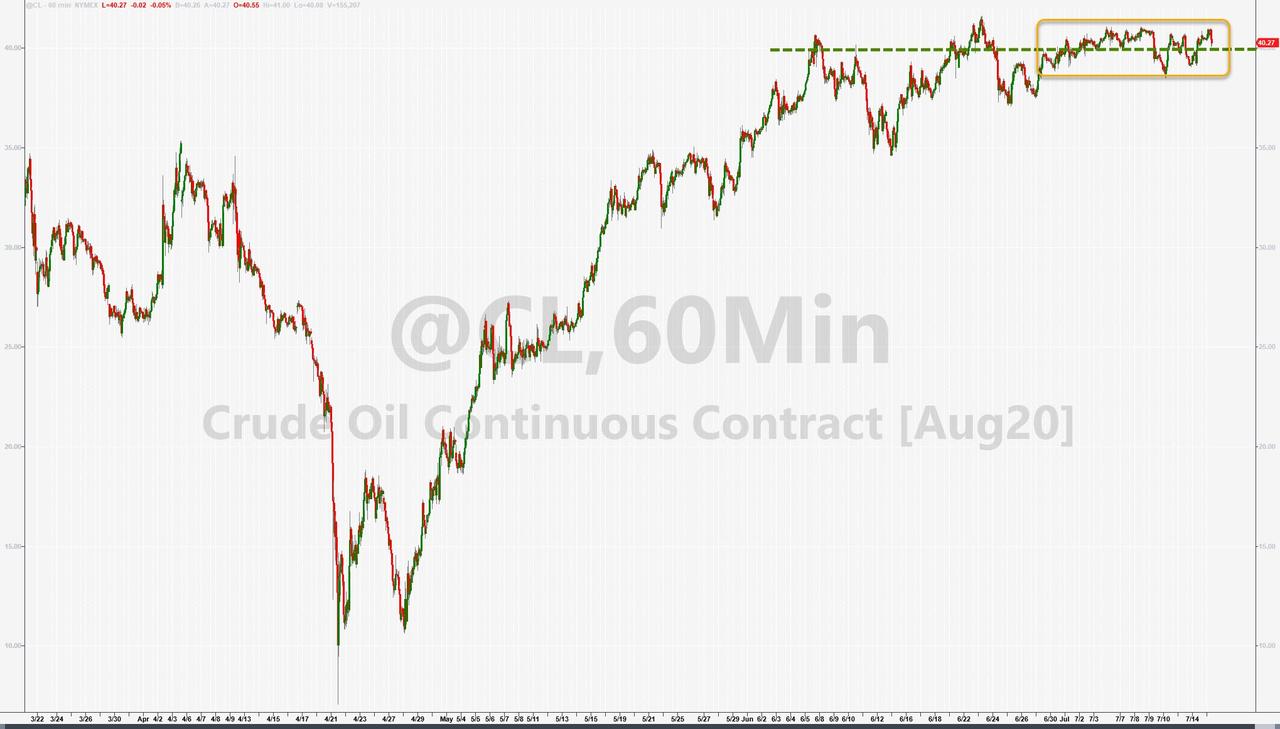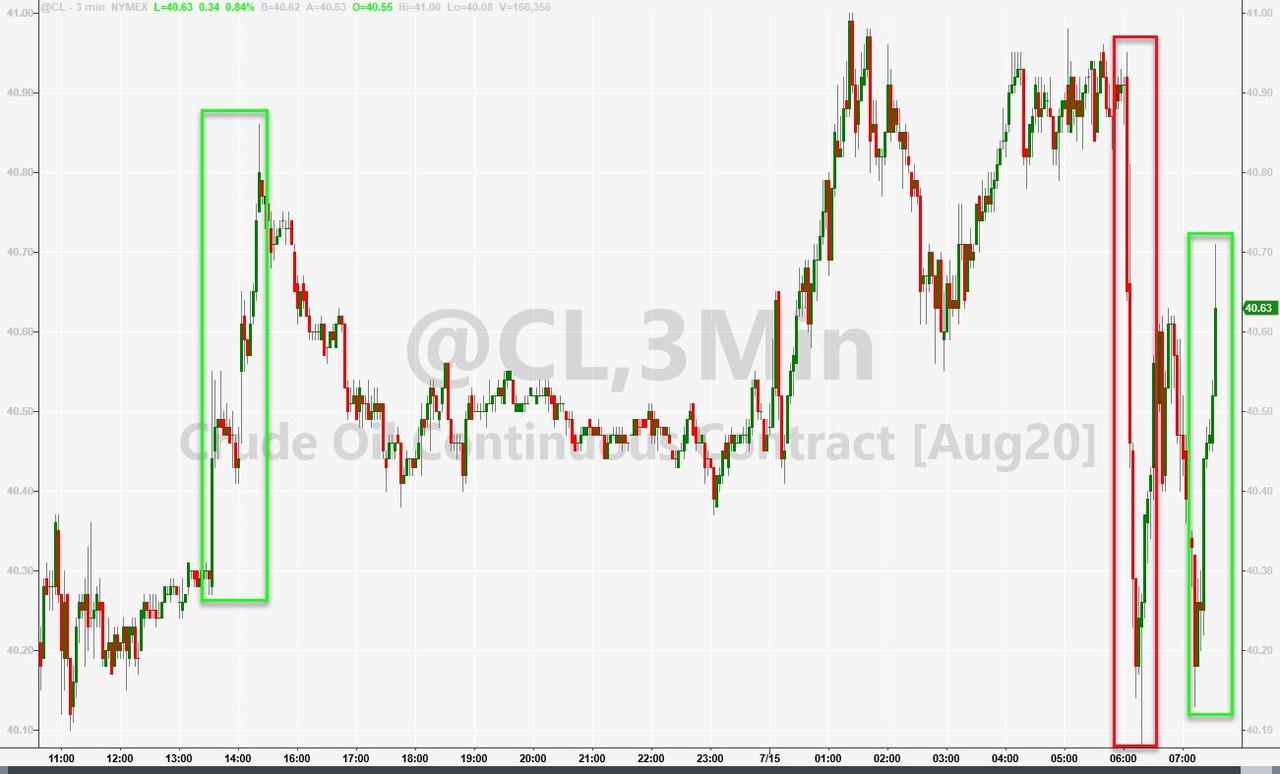Will the COVID-19 pandemic hasten the abolition of cash? That was certainly the hope of central bankers and politicians who don’t like the uncontrollable nature of physical money. Banknotes and coins are virtually impossible to trace, allowing people to engage in anonymous transactions and to store value out of reach of grasping officials, which had officials hoping that the arrival of the pandemic would taint physical money as a nasty virus vector and so accelerate the move to a cashless world.
But that’s not what’s happening. Sure, contactless transactions have increased while people make purchases from home. But demand for cash is also up, as people hedge against uncertainty by holding on to a means of exchange that weathers emergencies and circulates beyond the reach of political whims.
It’s not that officialdom hasn’t put in the effort to kill cash.
“We know that money changes hands frequently and can pick up all sorts of bacteria and viruses and things like that,” a World Health Organization (WHO) spokesman told The Telegraph in March. “When possible it’s a good idea to use contactless payments.”
Amidst massive uproar, WHO immediately backpedaled from the notion that it had ever warned against the use of banknotes. And well it did—cash and coins are popular in most parts of the world. Cash enjoys public support largely for the same reason it is unpopular with officials: it makes it difficult to track and tax transactions, and to impose negative interest rates.
The popularity of cash was quite healthy even before the pandemic.
“It would seem that physical currency should be fading out as the world of payments is increasingly electronic, with new technologies emerging at a rapid pace, and as governments look to restrictions on large-denomination notes as a way to reduce crime and tax evasion,” Ruth Judson, a Federal Reserve economist, wrote in 2017. “Nonetheless, demand for U.S. dollar banknotes continues to grow, and consistently increases at times of crisis both within and outside the United States because it remains a desirable store of value and medium of exchange in times and places where local currency or bank deposits are inferior.”
Many U.S. dollars are held outside the United States by people who have limited faith in the political and economic stability of their own countries and see American currency as a reasonably stable store of value. But about a quarter of Americans make little or no use of banks, the Federal Deposit Insurance Corporation found in 2017. These “unbanked” and “underbanked” Americans primarily do business in cash, fueling demand for banknotes and coins.
That’s not just an American phenomenon. “Banks are issuing more notes than ever and yet they seem to be disappearing off the face of the earth,” the Wall Street Journal reported at the end of 2019. “Central banks don’t know where they have gone, or why, and are playing detective, trying to crack the same mystery.”
The article went on to add that demand for banknotes is not that big a mystery, since central bankers are quite aware that “households feel distrustful of the banking system or people want to make transactions anonymously” out of sight of regulators and tax collectors.
Such distrust only increases when you add to the turmoil, such as with a pandemic and with tight economic controls imposed by panicked governments. That’s caused a surge in demand for physical cash in the U.S., Europe, Australia, India, and elsewhere in the months since the virus began spreading.
This doesn’t mean that people are spurning the convenience of digital payment systems; to the contrary, contactless transactions are surging—by 10 to 15 percent, according to some reports. Unsurprisingly, during a health crisis, people like the flexibility and perceived safety of paying for things from home and with a minimum of physical contact.
But people also like the reliability and anonymity of old-fashioned cash. Payment methods that were supposed to replace paper and coins are instead coexisting with them. That’s because people’s priorities are very different from those of the powers-that-be.
“The drive toward cashlessness is mostly driven by two factors: fiscal concerns over revenue collection and industry interest in capturing additional data about people’s lives,” notes Bill Maurer, dean of the University of California’s School of Social Sciences. “If you’re a state tax authority, eliminating physical currency means that transactions have to pass through a bank or other institution. Despite secrecy rules and privacy regulations, if they have due cause, officials can still peer into people’s financial affairs.”
Easily peering into people’s financial affairs runs exactly contrary to what many members of the public actually want. Add to that the large number of Americans who live almost exclusively in the cash economy, and the fact that “when there’s a natural or manmade disaster, paper money becomes absolutely essential to community resiliency,” and you have Maurer’s rationale for why banknotes and coins are “not going away anytime soon.” But he does worry that continued efforts to marginalize cash will hit the poor hardest.
Perhaps counterintuitively, the European Central Bank (ECB) shares that concern. It came out against the Spanish government’s plan to gradually eliminate physical money, warning that many poor Spaniards rely on the cash economy.
The ECB’s own figures (ECB) show that, as of 2016, 79 percent of all point-of-sale purchases in the Eurozone—87 percent in Spain—were made in cash.
Eliminating banknotes and coins would require massive changes to the way people conduct their lives. And, as the pandemic-era surge in demand for physical euros, dollars, and other currencies demonstrates, that would certainly be change imposed from above, against the wishes of the people earning, buying, and selling through their preferred means of exchange.
Those preferred means of exchange may well be through cards and apps when it’s convenient and the stakes are low. But when privacy is a concern, or when a global crisis threatens the infrastructure required to keep digital payment systems up and running, people continue to rely on physical money they can hold in their hands.

from Latest – Reason.com https://ift.tt/3fzFhi0
via IFTTT
